Bidding process changes risk quality and performance, costing refractory contractors and customers more over time within the glass, metals, and petrochemical industries.
I have been in and around the contracting business for over 40 years. In that time, I have seen changes to the bidding process too numerous to expound upon here, but in light of the need to adapt during this pandemic, there are a few pivotal changes to the bidding process that I recall.
Back in the mid-70’s when I joined AC Leadbetter and Son, Inc., we worked out of an office similar in size and composition to the current Allstates Refractory Contractors, LLC headquarters in Waterville, Ohio. The Leadbetter office was actually smaller than ARC’s is now, however we successfully bidded on projects and did several millions of dollars in business from that little office.
All of us there were committed to making Leadbetter a competitor to the bigger and more renowned contractors of the day. We were highly successful and it was the commitment that made it so. There was an unspoken factor that was key to that success at the time: a willingness among customers to recognize the heart, cooperation, and commitment to quality workmanship that Leadbetter exhibited. These traits made the people we served have a desire to work with us.
As I went forward to pursue and grow my own business and companies, I mimicked the traits I found at Leadbetter and, honestly, I was pretty successful at it. However, somewhere along the line, that customer-corporate culture changed and the recognition of talent, commitment, workmanship, and quality became secondary to the number at the bottom of the page that changed the bidding process forever.
Quality, workmanship, cooperation, and safety - now more than ever - cost money. Due to the change in customers considering only the price at the bottom of the bid page, those of us who strive to maintain those positive attributes are forced to adapt and seek ways to reduce the cost, make compromises, or decidedly stop short of that next level of workmanship we know we could achieve in order to be more competitive in our bids, yet still make a reasonable margin.
Let’s look at some of the things that have increased contractors’ costs over the years.
Printing and Digital Media Costs of Bidding
Beyond the obvious cost of bidding (travel, lodging, dining required to attend a nine o’clock onsite walkthrough at a location beyond a 4-hour drive from the office) there is the cost of printing drawings from an FTP site, disk or flash drive (they used to be sent already printed out to each bidder.)
Third-Party Data Collection in the Bidding Process
We now are compelled to join third-party data collection companies (i.e. Avetta, Browz, etc.) to accumulate safety data, insurance certificates, and other bidder qualifications. Such a requirement has emerged in recent years, but for decades was not necessary because this due diligence was done by the customer. This new part of the bidding process is not necessarily a bad thing, but the cost to the contractors is enormous, partly due to the fact that there is not just one or two data collection companies that are utilized by everyone, but several - each demanding a membership fee (usually $600 to a few thousand dollars.) This is not debilitating in and of itself, but when you consider the costs of compliance, those numbers pale in comparison.
It takes hours to submit reports, forms, and constant membership profile updates. This cost is buried in the bid, but how it is calculated for bidding purposes is difficult to assess since one isn’t sure how many projects it will take to recover these costs.
State Contractor Licensing Costs of Bidding
In the past, we never had to have a license to work in any location we wanted. Now, we must be licensed in nearly every state in which we do business. These licenses require annual renewal fees, compliance documents, payroll bonds, etc. These are added costs to the bidding process.
Safety Costs Considered in the Bidding Process
Allstates Refractory Contractors, LLC has had the best safety record in our industry for years. To attain that distinction, ARC decided to train our in-house supervision as Licensed Safety Professionals. This training is a very big investment, but we are proud of our achievement in that area, though it comes at a relatively high cost. This additional training and licensing, however, does not give us credit in the bidding process. When reviewing the proposal, if a customer doesn’t recognize or appreciate the additional licensing and accreditation, we are still at the mercy of that number at the bottom of the bid proposal.
Another key component to factoring the costs of safety when processing a bid is the customer’s own safety department. We find among several customers that their in-house safety personnel believe they understand construction and safety better than the experts who are performing the work. This often leads to disagreements and, on occasion, outright battles. The problem we face when performing certain work is that there are more than one issue to consider. A one-size-fits-all approach or strict abidance to “OSHA rules say ...” is not always the right solution. There are multiple issues that encompass exposure, access, and the generally overlooked ergonomics that factor into a particular job. Only those with the experience in that performance and who are safety qualified are best to judge what is the safest approach.
In Conclusion
At the risk of sounding too pessemistic, I think it is important to highlight the changes that happened in the bidding process over the past 40 years, which have led to the contracting business growing more expensive, less profitable, and less appealing.
This article is meant to illustrate to those who may not have been born or were toddlers when I started in this business, but who are now in management, why it is more expensive to hire good contractors. In another way it shows how relationship, quality, and performance are just as important and integral to the number at the bottom of the bid page. I offer a suggestion to each company to have a weighted scale when rating those with whom they have done business and that this scale be used when bids are being considered. This is just a simple, yet wise suggestion to appeal to customers to return to the days when these qualities and additional efforts were the shared goal resulting in better results for everyone.
To read more of our observations about the economy, marketing, labor, and regulations visit our Commentary section. To review our work, please visit our Glass, Metals, and Petrochemical news sections. To speak to someone about our Refractory Services, please Contact Us. If you enjoyed this article, please share it.


